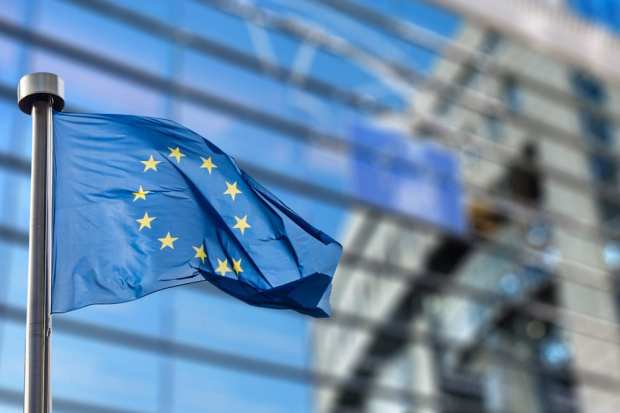US Economy Up As Europe Declines Amid COVID Resurgence

The faster spread this fall of COVID-19 in Europe compared to the spread in the United States during the same period has left Europe’s economy sputtering even as the U.S. economy continues to come back to life, according to new data cited by The Wall Street Journal (WSJ).
IHS Markit, a data firm, reported Friday that its Purchasing Managers Index for the U.S. rose to 55.5 in October from 54.3 in September, WSJ reported. Any figure greater than 50 indicates an increase in economic activity.
Chris Williamson, chief business economist at IHS Markit, said U.S. executives expected more stimulus payments, a lessening of pandemic restrictions and political calm, WSJ reported.
“The U.S. economy looks to have started the fourth quarter on a strong footing,” Williamson said, according to WSJ.
The increased sentiment among business leaders follows a similar increase in sentiment among consumers as reflected in the University of Michigan’s measure of consumer confidence.
In contrast, IHS Markit’s eurozone purchasing managers index fell to 49.4 in October from 50.4 in September, WSJ reported.
The driving force in both the U.S. and European situations is the responses required to combat the pandemic. Many European countries and England have been re-instating business restrictions that had been implemented early in the pandemic and then relaxed. While some parts of the United States face new restrictions, they have lagged those in Europe and do not affect other parts of the U.S.
At the most severe end of the economic spectrum, the ranks of the extreme poor could grow by 150 million people by 2021 as a result of COVID-19, according to the World Bank.
Yousef Al-Benyan, chairman of the B20 group of chief executives from around the world, said earlier this month that the global economy is in its worst condition in 100 years. A solution the group is putting forward is for government and business leaders to fight protectionist trade policies.
